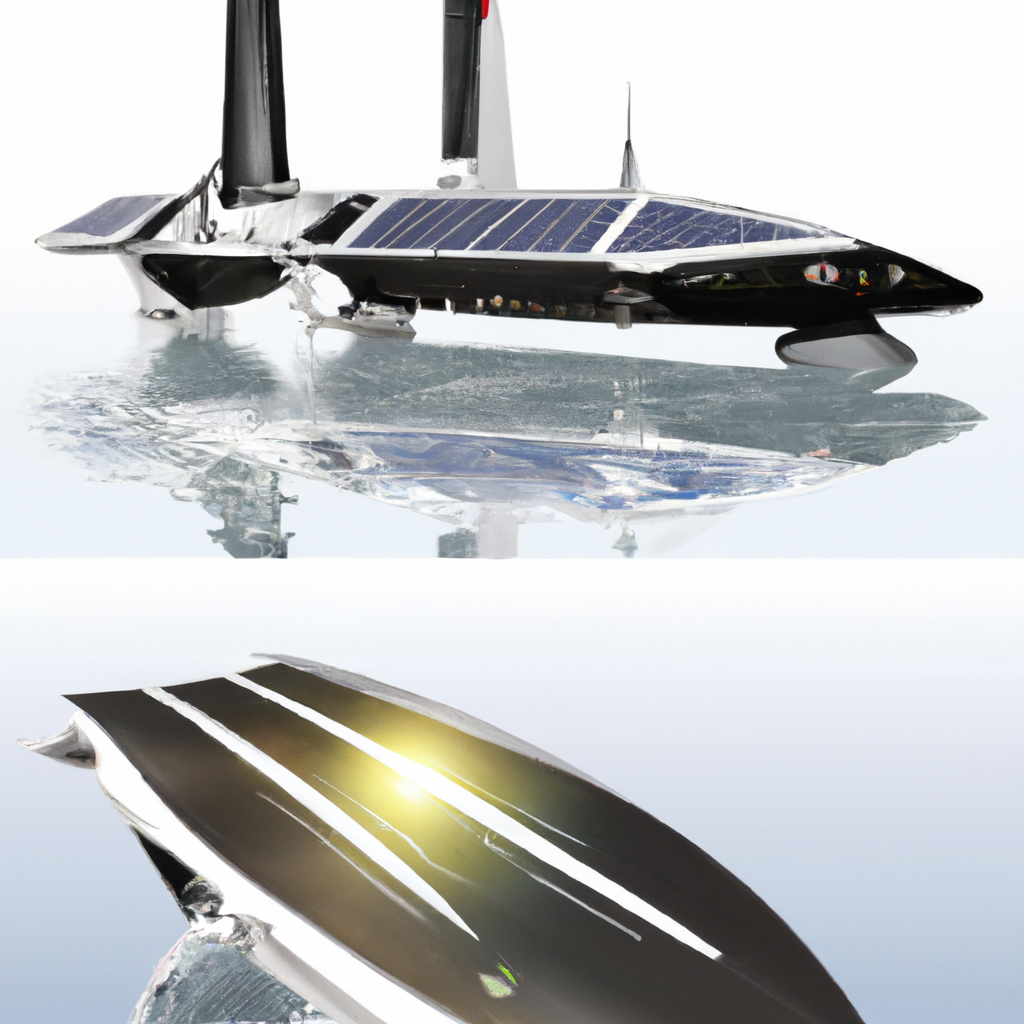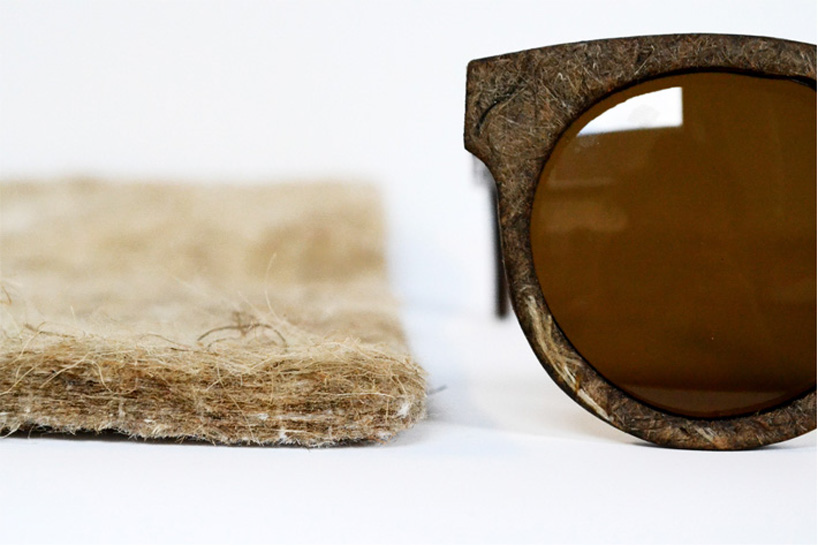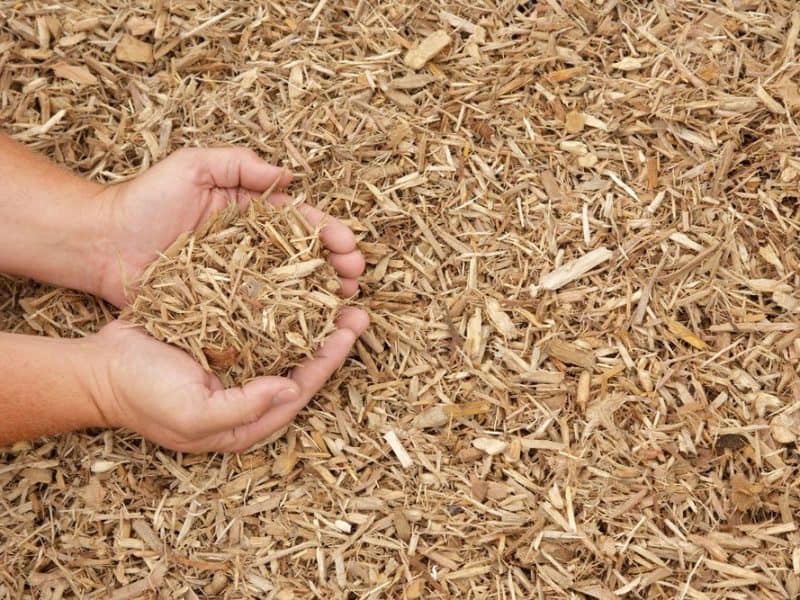
DIY Hemp Batteries
As the world moves towards renewable energy technologies, one aspect that has gained a lot of attention is energy storage. Lithium-ion batteries have dominated the market, but they are not without their drawbacks. They are not eco-friendly, have a limited lifespan, and are prone to overheating and explosions. Hemp batteries, on the other hand, offer a non-toxic and ecological solution to energy storage. In this article, we will explore DIY hemp batteries, their advantages, limitations, and how to make them.
What are DIY Hemp Batteries?
Hemp batteries are a type of battery that uses hemp fibers as electrodes. Hemp is a versatile plant that has been used for centuries for its medicinal, nutritional, and industrial properties. Hemp fibers are an excellent conductor of electricity and have a high surface area, making them ideal for use in batteries.
DIY hemp batteries are simple to make and require only a few materials. They are a cost-effective way of storing energy and are suitable for use in low-power devices such as flashlights, remote controls, and small electronics.
Advantages of using Hemp Batteries
One of the biggest advantages of hemp batteries is their eco-friendliness. Hemp is a renewable resource that requires minimal processing and does not produce toxic waste. Unlike lithium-ion batteries, which are hazardous to the environment and require special disposal, hemp batteries are biodegradable and can be composted.
Another advantage of hemp batteries is their safety. Hemp batteries do not contain any toxic chemicals, making them less likely to overheat, explode or catch fire. Hemp batteries are also non-toxic and safe for human handling.
Finally, hemp batteries have a long lifespan. Unlike lithium-ion batteries, which degrade over time, hemp batteries can last for years without losing their capacity. Hemp batteries also have a higher energy density than lead-acid batteries, which means they can store more energy in a smaller space.
How do Hemp Batteries work?
Hemp batteries work by using hemp fibers as electrodes. Hemp fibers are coated with a layer of activated carbon that enhances their conductivity. The electrodes are separated by a membrane that allows ions to pass through while preventing the electrodes from touching each other.
When a hemp battery is charged, electrons flow from the negative electrode to the positive electrode, creating a potential difference. When the battery is discharged, the process is reversed, and electrons flow from the positive electrode to the negative electrode, releasing energy.
Materials needed for making Hemp Batteries
Making hemp batteries requires only a few materials:
- Hemp fibers
- Activated carbon
- Membrane (e.g., cellulose, nylon)
- Electrolyte (e.g., potassium hydroxide, sodium hydroxide)
- Conductive wire
- Two containers (e.g., glass jars)
- Multimeter
All of these materials can be purchased online or at your local hardware store.
Step-by-step guide to making Hemp Batteries
Here are the steps to make a DIY hemp battery:
- Cut the hemp fibers into small pieces and soak them in the electrolyte solution for several hours.
- Drain the electrolyte solution and rinse the hemp fibers with distilled water.
- Spread the hemp fibers out on a baking tray and dry them in the oven at 200 degrees for 10-15 minutes.
- Mix the activated carbon with the electrolyte solution to create a slurry.
- Coat the hemp fibers with the activated carbon slurry and let them dry.
- Cut a piece of membrane to fit inside the glass jar and place it at the bottom.
- Layer the coated hemp fibers on top of the membrane, followed by another layer of membrane.
- Repeat steps 6 and 7 until the jar is full.
- Attach a conductive wire to each electrode and connect them to a multimeter to measure the voltage.
- The battery is now ready to use.
Safety precautions when making Hemp Batteries
When making hemp batteries, it is essential to take safety precautions to prevent accidents. Wear gloves and safety goggles when handling the electrolyte solution and activated carbon slurry. Make sure to keep the containers and tools clean to avoid contamination. Do not touch the electrodes with bare hands when they are charged.
Testing Hemp Batteries: Voltage and Performance
To test the voltage and performance of a hemp battery, connect it to a multimeter and measure the voltage. A fully charged hemp battery should have a voltage of around 3.7 volts. To test the performance, connect the battery to a small device and see how long it can power it.
Comparing Hemp Batteries with other types of batteries
Hemp batteries have several advantages over other types of batteries. They are eco-friendly, non-toxic, and have a long lifespan. However, they also have limitations. Hemp batteries have a lower energy density than lithium-ion batteries, which means they cannot store as much energy in a given space. Hemp batteries also have a lower voltage than lithium-ion batteries, which means they may not be suitable for high-power devices.
Hemp Battery Applications: Current and Future
Hemp batteries have several applications in low-power devices such as flashlights, remote controls, and small electronics. They are also suitable for use in renewable energy systems such as wind and solar power. In the future, hemp batteries could be used in electric vehicles, grid-scale energy storage systems, and other high-power applications.
Challenges and Limitations of Hemp Batteries
Despite their advantages, hemp batteries also have limitations. Hemp fibers are not as conductive as some other materials, which means they may not be suitable for high-power applications. Hemp fibers are also prone to swelling when exposed to moisture, which can cause the electrodes to break apart. Finally, hemp fibers are not as widely available as other materials, which means they may not be a viable option for mass production.
Conclusion: Hemp Batteries the Future of Energy Storage
DIY hemp batteries offer a non-toxic and ecological solution to energy storage. They are simple to make, cost-effective, and have a long lifespan. Although they have limitations, hemp batteries have several applications in low-power devices and renewable energy systems. As the world moves towards renewable energy technologies, hemp batteries could play an essential role in the future of energy storage.









